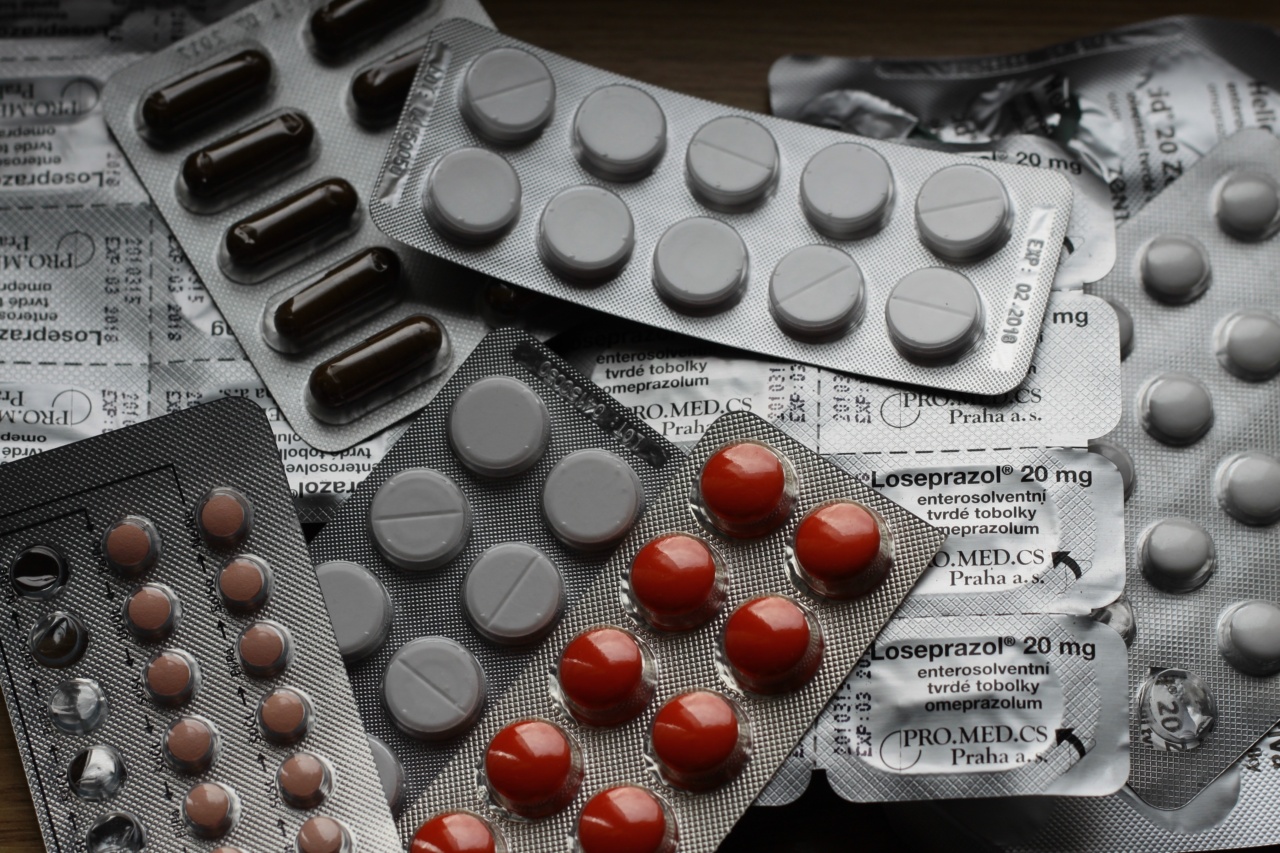Chronic Obstructive Pulmonary Disease (COPD) is a progressive lung disease that affects millions of people worldwide. It is characterized by inflammation and irreversible damage to the airways, leading to difficulty in breathing.
Understanding the science behind COPD, its symptoms, causes, and treatment options is crucial for managing this condition effectively.
What is COPD?
COPD is a collective term for a group of respiratory disorders that includes chronic bronchitis and emphysema. It results in narrowing of the airways and limited airflow to the lungs, causing breathing difficulties and reduced oxygen intake.
The two main components of COPD are chronic bronchitis, characterized by inflammation and excess mucus production, and emphysema, which involves the destruction of the lung tissue responsible for oxygen exchange.
Symptoms of COPD
Common symptoms of COPD include persistent cough, shortness of breath (especially during physical activity), wheezing, chest tightness, and frequent respiratory infections.
As the disease progresses, these symptoms worsen and significantly impact the individual’s quality of life. Early detection and prompt treatment can help manage symptoms and slow down the progression of the disease.
Causes and Risk Factors
Smoking is the leading cause of COPD. The harmful toxins in cigarette smoke damage the airways and lung tissue over time.
In addition to smoking, environmental factors such as exposure to air pollution, chemicals, and dust in certain occupational settings can increase the risk of COPD. Genetics also play a role, as some individuals may have a genetic predisposition to developing COPD.
The Science behind COPD
COPD primarily affects the airways and lung tissue. Inflammation plays a crucial role in the development and progression of this disease. The chronic irritation caused by inhaled irritants leads to inflammation in the airways.
Over time, the inflammation damages the walls of the airways, causing them to become thick and narrowed. This, coupled with excess mucus production, further obstructs the airflow.
In emphysema, the destruction of the lung tissue responsible for oxygen exchange occurs. This damage is irreversible, and the lungs lose their natural elasticity.
As a result, the air sacs in the lungs, called alveoli, become enlarged and lose their ability to efficiently transfer oxygen to the bloodstream. This leads to impaired breathing capacity and reduced oxygen levels in the body.
Treatment Options
While COPD is a chronic and progressive disease, various treatment options can help manage its symptoms and slow down its progression.
The primary goals of treatment are to relieve symptoms, improve lung function, and enhance the overall quality of life.
1. Medications: Bronchodilators, such as short-acting and long-acting beta-agonists and anticholinergics, are commonly prescribed to relax the airway muscles and improve airflow. Inhaled corticosteroids may also be used to reduce airway inflammation.
For severe cases, oral medications or oxygen therapy may be recommended.
2. Pulmonary Rehabilitation: This comprehensive program combines exercise training, education, and counseling to improve lung function, build endurance, and enhance overall well-being.
It can greatly benefit individuals with COPD by teaching them techniques to manage their symptoms effectively.
3. Vaccinations: Annual flu vaccines and pneumococcal vaccines are essential for preventing respiratory infections, which can significantly worsen COPD symptoms and lead to complications.
4. Lifestyle Modifications: Quitting smoking is the most crucial step in managing COPD. Avoiding exposure to secondhand smoke, air pollutants, and occupational hazards is equally important.
Engaging in regular physical activity, maintaining a healthy diet, and managing stress can also improve overall lung function and well-being.
Living with COPD
Living with COPD requires making certain lifestyle adjustments to manage symptoms and improve quality of life. Eating a well-balanced diet, staying hydrated, and getting enough rest are essential.
Creating a safe and clean environment at home, avoiding extreme temperatures, and practicing proper hand hygiene can minimize the risk of respiratory infections. It is crucial to stay informed about the condition, join support groups, and have open communication with healthcare providers.
Conclusion
COPD is a complex and progressive lung disease that requires proper understanding and management. Learning about its symptoms, causes, and treatment options empowers individuals to take control of their health and improve their quality of life.
By implementing effective strategies and seeking appropriate medical care, individuals with COPD can lead fulfilling lives despite the challenges posed by the disease.






























